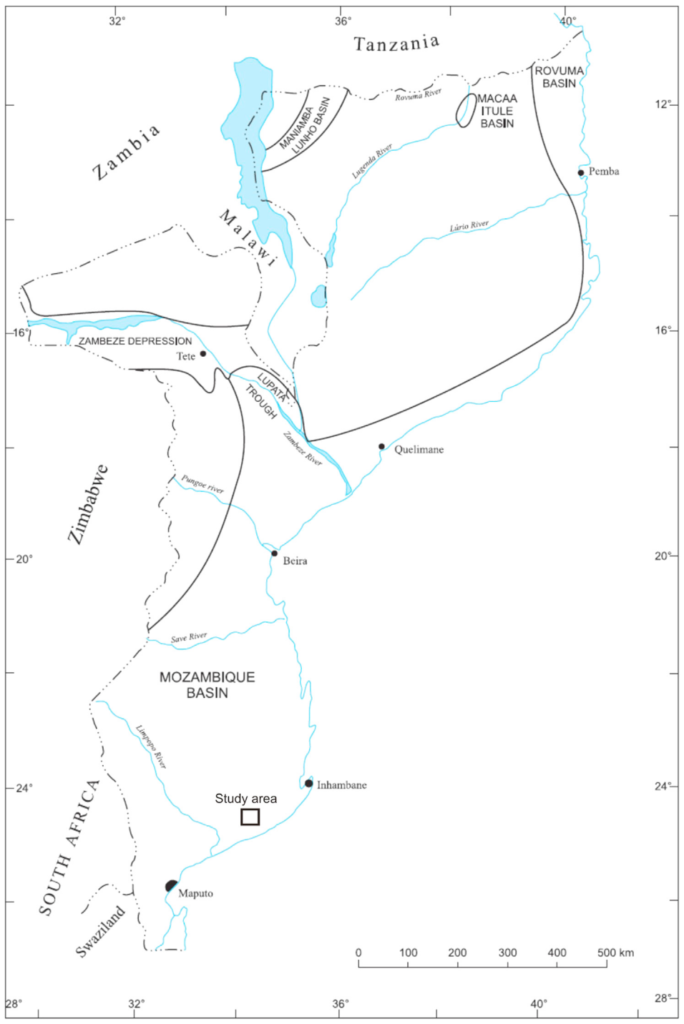
[Image above] A person extracts clay to make bricks in Mlala village in Dwangwa, Malawi. Villages in Africa often extract clay soil for use in conventional pottery and local ceramic bricks, but there is potential to use the soils as industrial minerals in the larger ceramics industry if proper evaluations are conducted on the soil’s suitability. Credit: Bibiloucapetown, Wikimedia (CC BY-SA 4.0)
Growing up, my family regularly visited Utah to camp in the San Rafael Swell during the summer. We would spend a week hiking and scrambling up rock formations in the area, and from the top I could look out and see sand stretch for miles in every direction.
From a kid’s perspective, this view made sand feel like an infinite resource. But as an adult, I’ve come to appreciate that the story of sand as a critical material resource is not that simple.
The world faces an imminent threat of sand scarcity, a situation we discussed in a July CTT. The fact that not all sands are created equal is one of the driving causes.
“Most desert sand particles are rounded because they formed from erosion and have been subjected to the brutal forces of wind. These rounded edges mean desert sands aren’t suitable for construction uses. In contrast, the more angular edges and frequent pores of sands found in places like river beds work better in construction applications, where they can better bind together materials such as concrete.”
April Gocha, CTT July 2020
This description of sand types is a generalization, of course—deserts and beaches can contain a mixture of multiple types of sand. So potential quarries from which sand is excavated must be tested before initiating full-scale extraction to determine if the sand there is of the desired type and quality.
This same logic applies to clay soils, which are essential raw materials in the ceramics industry. Natural clays normally occur together with other soil fractions like silt and sand. Because the properties of clay soil can vary depending on the mineralogical composition, soil in a given area must be tested to determine its suitability in ceramic production before money is poured into establishing a permanent extraction site.
How do you test clay soil to determine its suitability, though? In a recent open-access paper published in Heliyon, three researchers from the National Mining Institute (Instituto Nacional de Minas) in Maputo, the capital of Mozambique, provide a nice case study by evaluating clay soils from the Manjacazi district.
Clay soils in Mozambique: Potential raw material for the ceramic industry
Manjacazi district (also spelled Manjacaze) is in the Gaza Province in southwestern Mozambique. The area is composed of extensive alluvial plains, i.e., loose and unconsolidated soil or sediment deposited by surface water.
Despite the high proportion of clay soils, to date the soils from Manjacazi are only exploited for conventional pottery and local ceramic bricks because the suitability of the soils for industrial applications has not been evaluated. So three researchers—Vicente Albino Manjate, Zaquir Issufo, and Anastância Lucas Magenge—aimed to evaluate the suitability of Manjacazi clays as an industrial mineral for the ceramics industry.
The researchers analyzed 20 clay samples collected from exploited quarries a few kilometers from the town of Xai-Xai. Physical properties of the samples were determined using several methods, including
- Robinson’s pipette method, to determine particle size distribution; and
- Casagrande apparatus, to determine liquid limit and plastic limit.
Mechanical properties were determined by measuring linear shrinkage, water absorption capacity, and compressive strength of fired briquettes made from the soil.
Severable notable findings emerged from the tests.
- Manjacazi clays come in a wide range of grain sizes, including loam, clay loam, clay, sandy clay loam, and sandy loam.

- The clays come in a wide range of plasticity, including low plastic organic silts with low compressibility, medium plastic inorganic silts with low compressibility, and high plastic inorganic silts with high compressibility.
- Mechanical properties depend on firing temperature. In particular, linear shrinkage was generally high and increased slightly with firing temperature, whereas water absorption and compressive strength decreased with firing temperature.
Taken together, the researchers conclude that the findings indicate “these clays have ceramic suitability for the manufacture of walled floor blocks, clay roofing tiles, checker bricks, and solid bricks.”
Though the findings may appear inconsequential in a global context, the researchers emphasize the importance of the investigation to the local communities.
“In Manjacazi district, for economic reasons, the ceramics industry is controlled by the artisanal and small-scale miners and depends on clay soils from nearby deposits,” they write. “It is then obvious that the physical and technological properties of the Manjacazi clay soils need to be analysed to ameliorate their use as ceramic raw material. … [and to mitigate] various problems during the manufacturing process.”
The open-access paper, published in Heliyon, is “Evaluation of clay soils from Manjacazi district (Mozambique) as potential raw material for the ceramic industry” (DOI: 10.1016/j.heliyon.2020.e05189).
